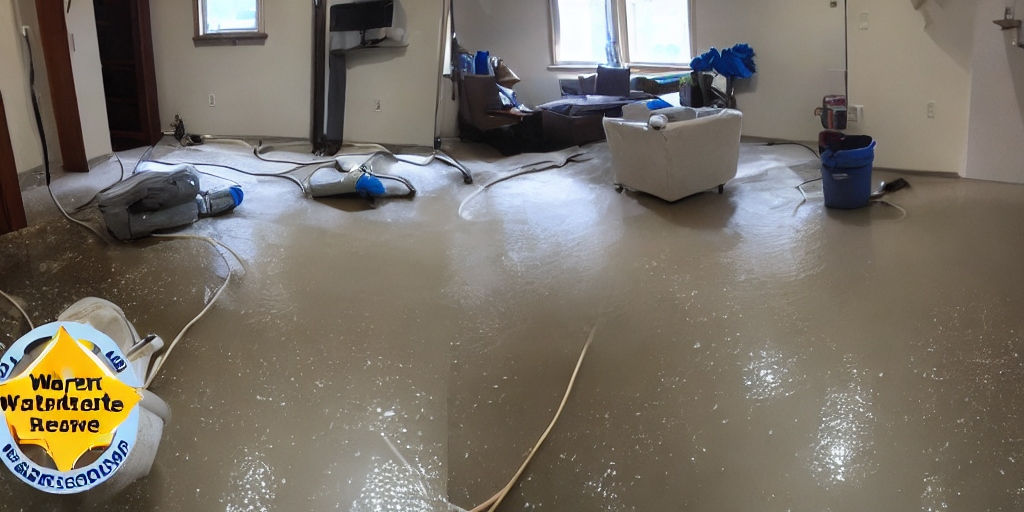Water damage can wreak havoc on homes, causing significant structural issues and health hazards if not addressed promptly. Water leak remediation is crucial in mitigating the damage and restoring your property to its pre-damaged condition. In this comprehensive guide, we’ll explore the best practices for water leak remediation and discuss key considerations such as cost, timing, and professional assistance.
Understanding the Importance of Water Leak Remediation
When faced with a water leak, immediate action is paramount. Ignoring or delaying water leak remediation can lead to mold growth, compromised structural integrity, and costly repairs. Whether it’s a burst pipe, leaking roof, or faulty appliance, swift intervention is necessary to minimize the extent of the damage.
Also Read: Dealing with Water Damage: Finding the Right Restoration Company Near You
Steps to Take Immediately After Water Damage
Upon discovering a water leak, it’s essential to take the following steps promptly:
- Shut off the water supply: Locate the main water valve and turn it off to prevent further flooding.
- Remove excess water: Use towels, mops, or a wet/dry vacuum to remove standing water from affected areas.
- Dry out the space: Increase ventilation and use fans and dehumidifiers to speed up the drying process.
- Document the damage: Take photographs or videos of the affected areas for insurance purposes.
Assessing the Damage and Determining Remediation Strategies
Once the immediate threat has been addressed, it’s time to assess the extent of the damage and develop a remediation plan. This may involve:
- Inspecting structural elements: Assessing the damage to walls, floors, ceilings, and other structural components.
- Checking for mold growth: Conducting thorough inspections to identify any signs of mold or mildew.
- Evaluating electrical systems: Ensuring that electrical outlets, wiring, and appliances have not been compromised by water exposure.
Professional Assistance and DIY Options for Water Leak Remediation
Depending on the severity of the damage and your expertise, you may choose to undertake water leak remediation yourself or seek professional assistance. DIY options may include:
- Replacing damaged materials: Removing and replacing water-damaged drywall, insulation, flooring, and other materials.
- Applying mold inhibitors: Using specialized products to prevent mold growth in affected areas.
- Sealing leaks: Repairing or replacing damaged pipes, roofs, or appliances to prevent future leaks.
However, for more extensive damage or if you’re unsure about the appropriate remediation techniques, it’s advisable to enlist the services of water damage restoration companies. These professionals have the expertise, equipment, and resources to tackle even the most challenging residential water leak remediation projects.
Factors Influencing Water Leak Remediation Cost
The cost of water leak remediation can vary depending on several factors, including:
- Extent of the damage: The severity of the water damage and the areas affected will impact the overall cost of remediation.
- Type of water: Clean water from a burst pipe is less costly to remediate than contaminated water from sewage backups or flooding.
- Professional services: Hiring professionals for water damage restoration will incur additional costs but ensures thorough and effective remediation.
- Materials and equipment: The type of materials and equipment required for remediation, such as dehumidifiers, air movers, and protective gear, will also contribute to the total cost.
Water Leak Remediation Home Depot and Other Resources

For DIY enthusiasts, hardware stores like Home Depot offer a range of products and tools for water leak remediation. From moisture meters and dehumidifiers to mold inhibitors and waterproofing materials, these stores provide everything you need to tackle minor water damage issues.
Water Mitigation vs. Remediation: Understanding the Difference
While often used interchangeably, water mitigation and water remediation refer to distinct processes:
- Water mitigation focuses on preventing further damage by taking immediate action to remove excess water and drying out the affected areas.
- Water remediation involves the complete restoration of the property, addressing structural damage, mold growth, and other long-term consequences of water damage.
Also Read: Water Damage Restoration Repair: Restoring Your Property After Disaster Strikes
Conclusion
In conclusion, water leak remediation is essential for mitigating the damaging effects of water intrusion and restoring the integrity of your home. By acting swiftly, assessing the damage, and implementing effective remediation strategies, you can minimize the impact of water damage and ensure the safety and well-being of your household.
Remember, whether you choose to tackle water leak remediation yourself or enlist professional help, prioritizing prompt action is key to successful remediation and preventing further complications down the line.










